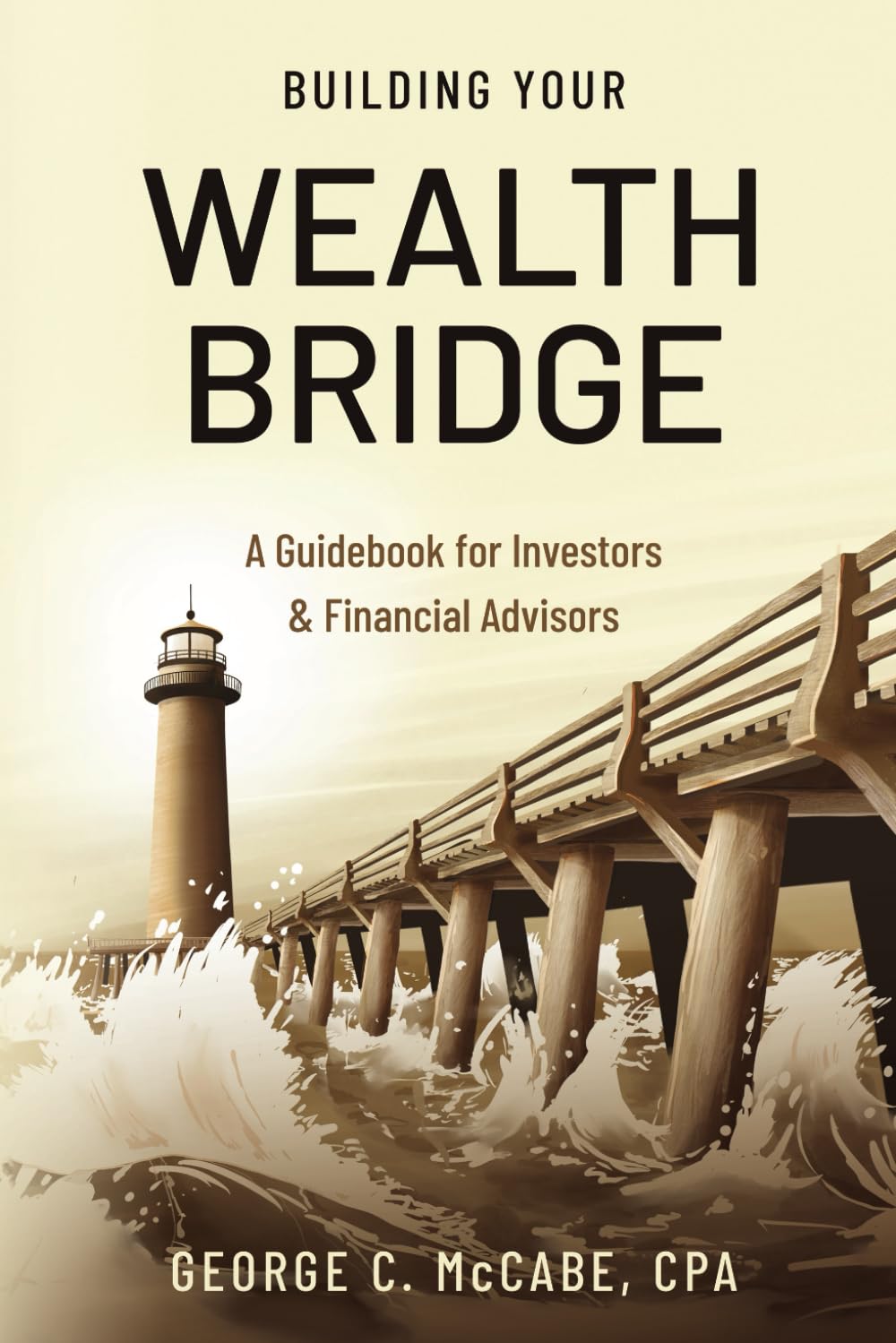Written by: Tim Armour and Mike Gitlin of American Funds
Key takeaways
- Market corrections are part of the investment environment.
- The global economy is largely supportive of corporate earnings.
- Volatility can represent an opportunity for long-term investors.
After a long, calm period of relatively strong returns, global equity markets gave way to a jarring bout of volatility earlier this year. Recently, the trade dispute between China and the United States has roiled markets. The turmoil has served as a reminder that markets can and will change, and that a measured, long-term approach to investing is paramount in today’s environment.
Investing through adversity
Overdue and not entirely unwelcome: That’s one way to look at the correction in the S&P 500 earlier this year. Although swift declines can be unsettling, they have long been part of the investment environment.
“We were overdue for some kind of correction,” portfolio manager Tim Armour says. “I am not overly concerned about this pullback. Markets do better over the long term when they experience corrections periodically; they can’t go up all the time.”
Armour acknowledges that swift and dramatic change can take a toll on investors. When markets falter, some may be inclined to reduce their exposure to equities. Yet the chart below shows that periods of turmoil and steep market declines have subsequently proven to be among the best times to invest.

The chart shows that since 1949 there have been nine periods of 20%-or-greater declines in the S&P 500. And while the average 33% decline of these cycles can be painful to endure, missing out on part of the average bull market’s 268% return could be even worse. The fact that bear markets have had a relatively short duration (14 months on average), also makes it unlikely that trying to time the market will prove rewarding in the long run.
“I think the most important thing is to keep a long-term orientation,” Armour says. “Trying to figure out what the market’s going to do today or even next week is an impossible task and one that I don’t think is helpful to creating long-term wealth.”
The global economy remains supportive of corporate earnings
Armour says that generally solid economic data continues to provide a healthy backdrop for markets in much of the world. In the United States, corporate profit growth remains healthy, tax reform could boost gross domestic product (GDP) and consumer spending is relatively strong.
Abroad, China’s GDP accelerated for the first time in seven years in 2017, and the economies of other emerging markets continue to show strength. Japan’s economy is in its best shape in years, and Europe is on the rebound. Overall, the International Monetary Fund expects global GDP to hit 3.9% in 2018.
“I still feel good about the economic backdrop for corporate earnings, and I think there are plenty of opportunities to invest in companies that have the potential to reward investors,” Armour says.
Bonds play important roles in a portfolio
Volatility also reinforces the value of diversification, and the role of bonds, says Mike Gitlin, head of fixed income. “Investors need to stay balanced in their equity and fixed income weightings in their portfolios, especially during times like this. It’s important that investors focus on the four primary roles of fixed income in a balanced portfolio: diversification from equities, income, inflation protection and capital preservation.”
When equities are volatile, bonds have typically provided balance to a portfolio. The chart below shows that in market declines of at least 15% during the past three decades, bonds have provided relatively significant positive returns. That’s one of the reasons to invest in bonds, even in a rising rate environment.

“Some core bond strategies may not provide the diversification from equities that investors expect, and that could be a problem,” Gitlin says. “That said, the current pullback may present a great opportunity for investors to upgrade their bond portfolios to what we refer to as true core: that means reallocating to bond funds that offer the potential for both solid income and diversification from equities.”
Visit Our Market Volatility Center
Capital Group investment professionals offer tips and insights for navigating market fluctuations.
The hard part? Keeping calm
Armour says the most important thing to do during periods of volatility may be one of the hardest. “You have to contain your emotions. It’s not easy to do on the way up, and it’s not easy to do on the way down, but it is your enemy in terms of creating wealth over time. Sticking with the fundamentals, employing good asset allocation and maintaining a balanced portfolio with a long-term horizon is the best approach.”
During the past several years, Armour says, the world’s equity markets have demonstrated a very low level of volatility. The environment may now be changing. Volatility could be returning to more normal levels, which can actually represent an opportunity for long-term investors with a systematic investing plan. A plan of regular investing can take the emotion out of investing and reduce the temptation to time the market. Of course, regular investing does not ensure a profit or protect against losses. Investors should consider their willingness to keep investing when share prices are declining.
Indeed, as the chart below shows, the S&P 500 has had intrayear declines every year for the last 20 years. But while the market has its declines, it also goes up. Overall, the market has gone up 16 out of 20 calendar years since 1997. As a result, a hypothetical initial investment of $10,000 in the stock market, as represented by the S&P 500, would have grown to an ending value of more than $40,000 as of December 31, 2017.

“None of us can predict what the market is going to do in the short term,” Armour says. “But what we can do is identify good companies that we think are growing and will be better and bigger companies 10 years from now. If we get that right, through all sorts of market cycles, we are going to do well for our investors.”
https://www.thecapitalideas.com/articles/long-view-volatility


